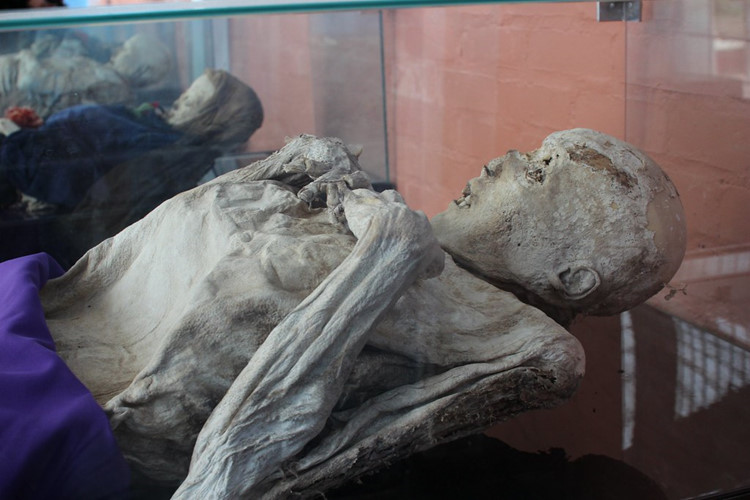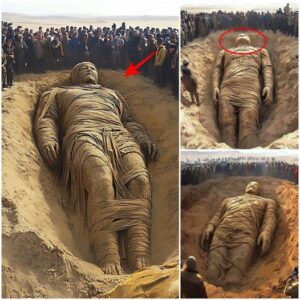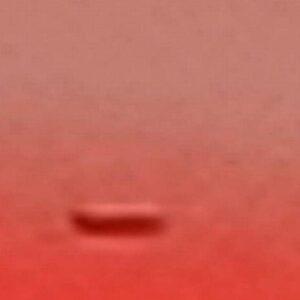The mummy of Lady Tan Truyen is currently displayed in the Hunan museum with her soft skin and blood still in her veins.

When excavated, Tan Truyen’s tomb contained more than 1,000 precious antiques such as gold and silver statues, a collection of silk dresses, cosmetics, musical instruments, lacquerware, and exquisitely crafted household items.
Willow Weilan Hai Chang, director of the China Exhibition Institute in New York City (USA), said that these items show that Tan Truyen once had a luxurious life, and wished that everything would not change when he passed away. the other world.
In particular, Lady Tan Truyen’s body was wrapped in 18 layers of silk and linen, placed in 4 coffins nested together in decreasing size. To prevent air and water from entering, the tomb was covered with charcoal and the top sealed with clay. Such a closed space has the effect of preventing bacteria and preserving the mummy. In addition, archaeologists also found traces of mercury in the coffin and an unidentified mildly acidic liquid around her body.
 The unidentified liquid is believed to have come from the mummy’s body. Image:David Schroeter.
The unidentified liquid is believed to have come from the mummy’s body. Image:David Schroeter.Tan Truyen’s autopsy was performed in December 1972. This shows that this woman passed away at the age of 50. Although the mummy’s face was deformed, the mummy’s skin was still soft and smooth, with no signs of muscle spasticity. Even the arms and legs can still bend and stretch. Scientists determined that Tan Truyen had blood type A through the remains of his larynx and intact internal organs.
Lady Tan Truyen’s body has the most complete autopsy record of any ancient mummy. Scientists can reconstruct details of lavish diets and living habits as well as hunting, food production and processing methods from more than 2,000 years ago.
When she was alive, Lady Dai often enjoyed dishes reserved for the nobility such as venison, lamb and fruit. Therefore, Tan Truyen’s small frame was bent due to obesity, she could only walk with a cane. Sedentary habits also cause arteriosclerosis, diabetes and some other diseases of the spine. There were melon seeds left in her stomach, proving that she had eaten this fruit 2 hours before her death.

The excavation of the marquis’ family tombs is considered one of the major archaeological discoveries of the 20th century. Why her body was able to resist decomposition remains a secret to this day. The mummies were buried in airtight, water-tight environments similar to the general and her son, but could not be preserved.

Today, Lady Tan Zhui’s mummy is displayed in the Hunan Provincial Museum. Coming here, visitors can also admire 180,000 other artifacts, including bronzes of the Shang and Zhou dynasties, ceramics, porcelain, calligraphy works, and paintings through the ages.






